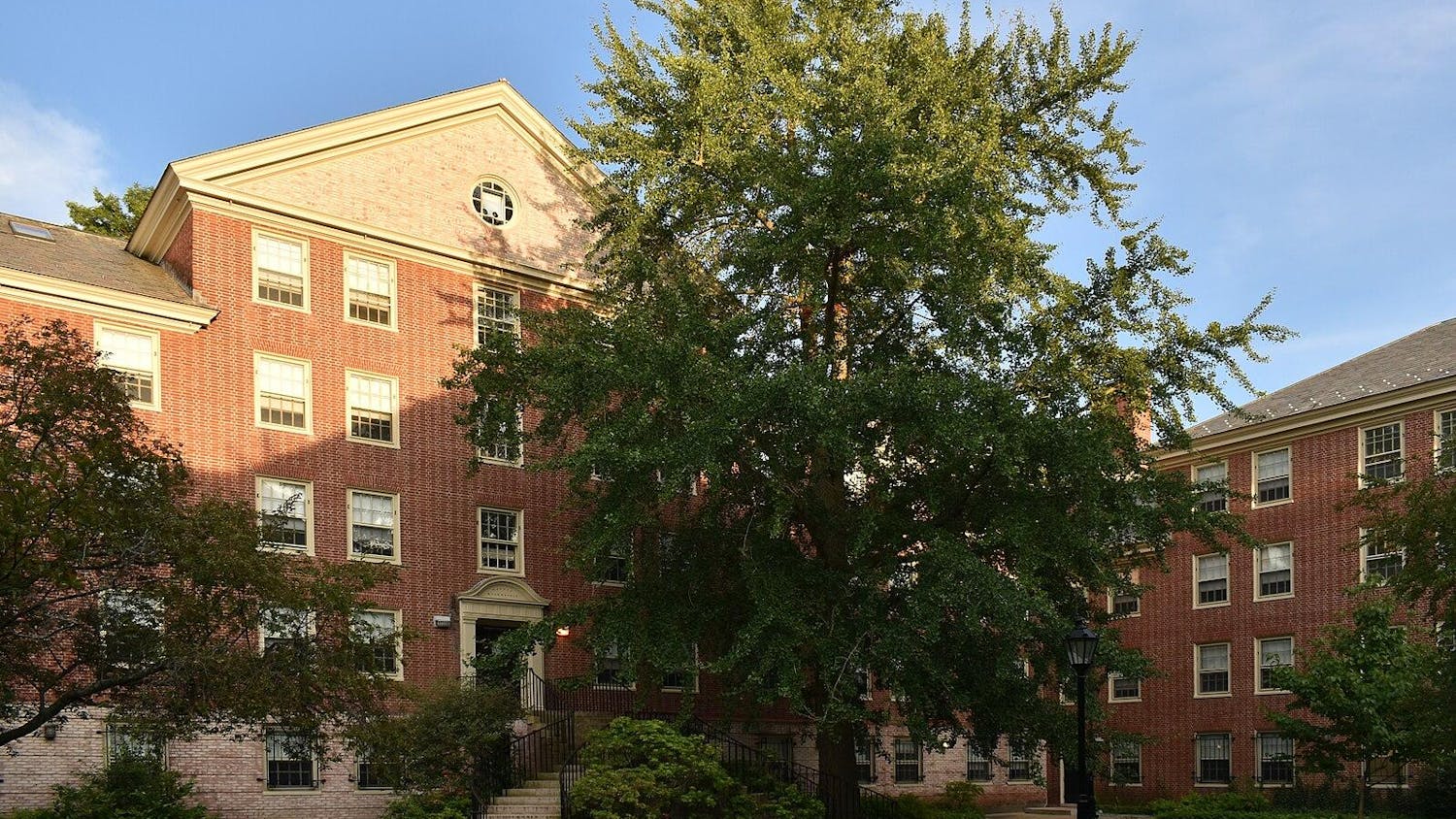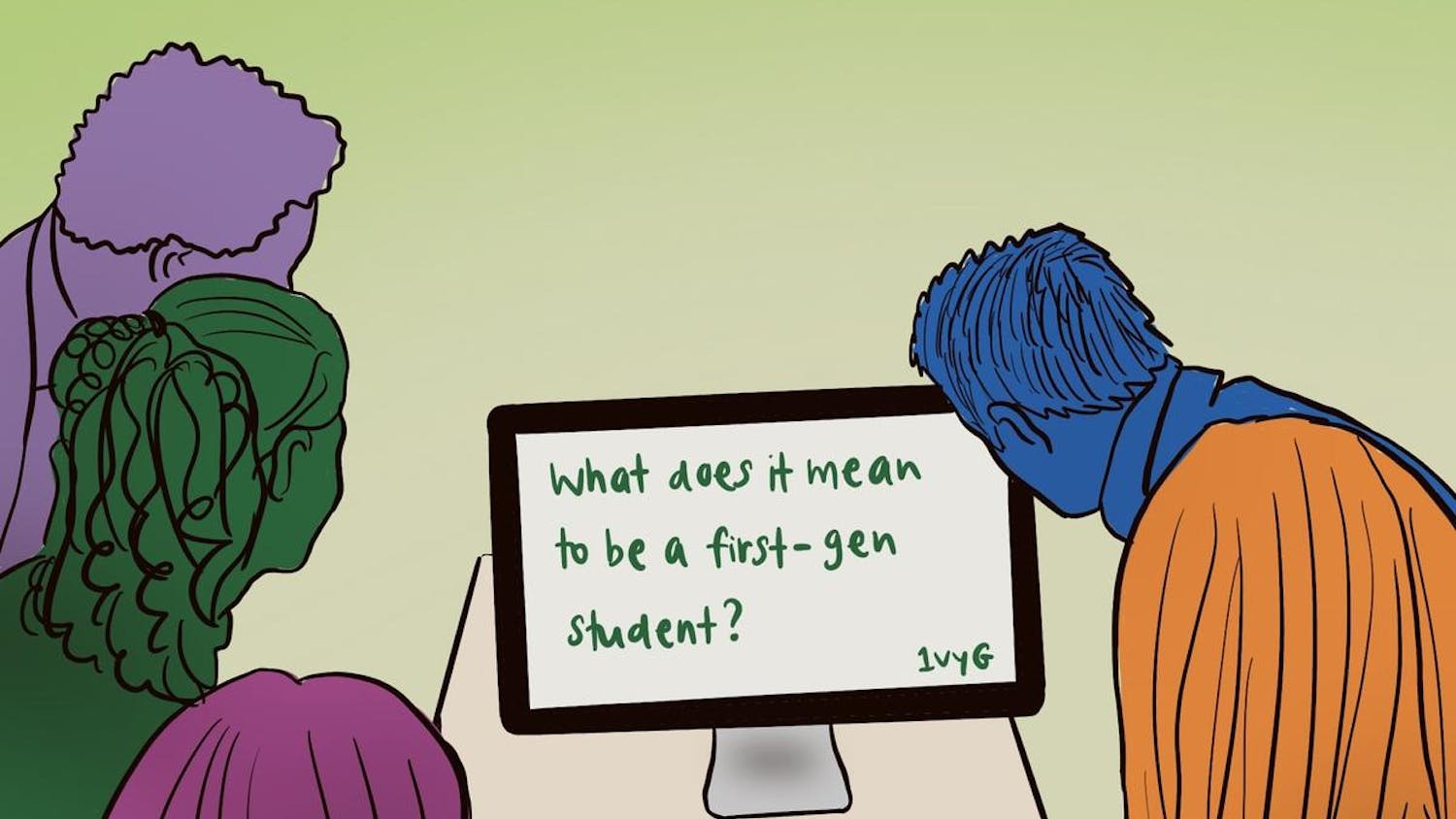Brown plans to put more than 20 houses on the market to sell to faculty and staff at 80 percent of their assessed market value.
The Brown Ownership Program — launched in 2006 to renovate under-used Brown-owned houses on College Hill — will be a "good way to put houses back on tax roll and allow faculty to live near campus," said Michael McCormick, assistant vice president for planning, design and construction.
The University has sold five houses so far, and currently has one more listed.
Buyers can only sell their houses back to the University and must then sell them for 80 percent of their current values. If multiple employees want to buy the same property from the University, a committee will choose the owner since the price is fixed.
McCormick said the University could buy back any of the houses from their original purchasers if it gives owners eight years' notice. All subsequent residents would only receive three years' notice before the University could buy back the house.
The houses are concentrated in the geographic areas of Brown Street and Bowen Street to create a better transition from Brown's campus to the Providence neighborhoods, McCormick said.
Karen Newman, professor of comparative literature, purchased one of the first set of houses sold under the program. She used to live on the East Side, but moved to teach at New York University for five years. After returning to Brown, she said she did not want another large house now that she and her husband had finished raising their daughter.
It was at this point that Rajiv Vohra P'07, former dean of the faculty, introduced Newman to the program. Because she became involved in the program at an early stage, the smaller house, located at 117 Brown Street, was still "in a state of disrepair." Nonetheless, she found the house "intriguing." As she continued to scour the East Side for a home, she found the only listings were either for big houses or student rentals.
Much of the house was torn down and rebuilt according to the original placement of rooms. Newman was also "very interested in building a sustainable house" and worked with the University to conform energy efficient appliances to the renovation budget. Some of the energy efficiency costs, such as the LEED certification, fell into the lap of Newman. "It's basically a new house now," she said.
Though she has yet to undergo a winter in the newly refurbished house, Newman said she is happy she became involved with the program and enjoys the added benefits of being able to walk to her office and attend more events on campus.
McCormick joked that the goals of this program are to create neighborhoods of houses that Brown employees can buy as an alternative to lengthy commutes.




